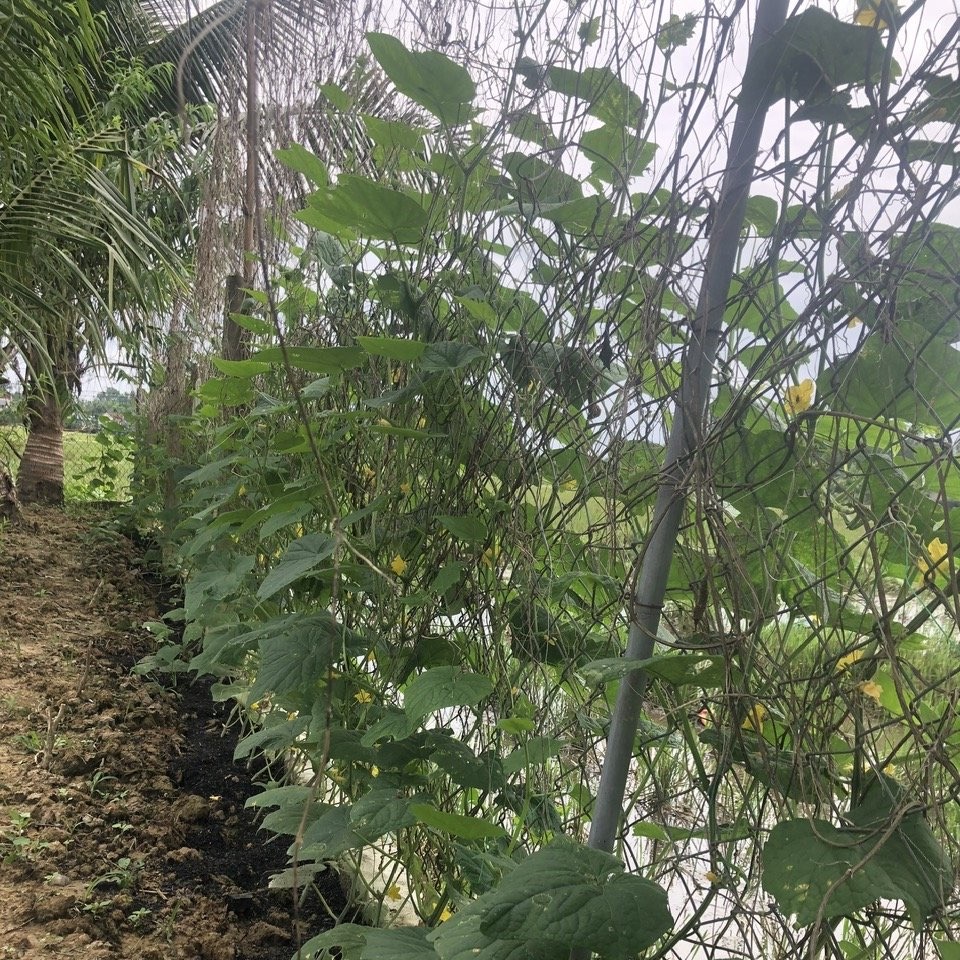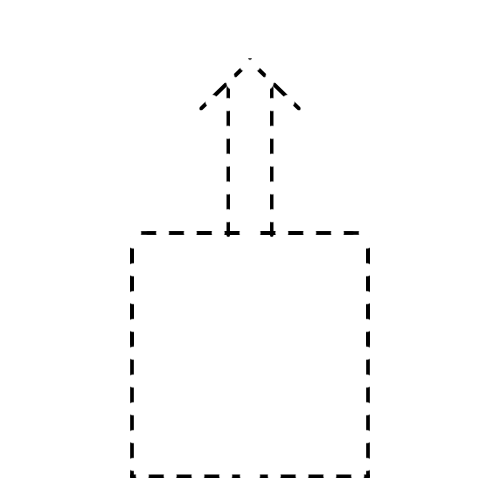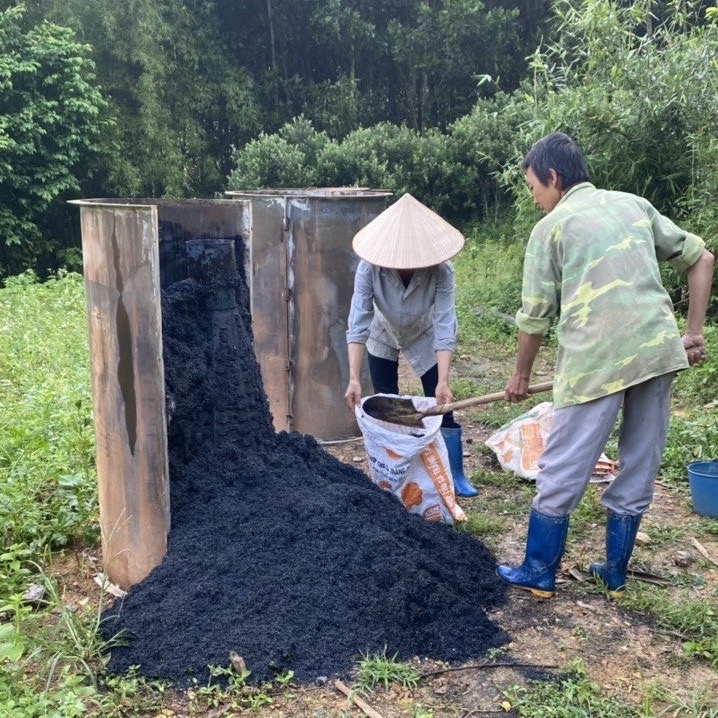Feedstock Emissions Management:
Crop waste, such as rice husks and sawdust, serves as the feedstock biomass. When left unmanaged (e.g., burned or left to decompose), this biomass produces large emissions. To mitigate this, C-sink Farmers are trained in proper drying and storage methods, in which no emissions are generated. However, the occurrence of some minor emissions is possible. This could be the fuel for transportation of the biomass feedstock to the kiln or of the biochar to the field, displacement of the kiln, a pump for quenching water, fuel for a chain saw for pruning, milling, and blending of the biochar, and/or application to the soil. In some cases, none of those operations cause GHG emissions because everything is executed manually; in most cases, however, some of those emissions occur. To keep the certification procedures reasonably lean, artisan biochar producers are not required to provide a detailed account of these potential emissions, but a safety margin of 3% of the C content of the biochar is levied.

Conversion-Related Emissions:
As the biochar production in TLUD or kon-tiki kilns does not consume any electricity or fuel, the carbon footprint of the biochar production with this technology is very low.
1. (illustration)

2. (illustration)

In case of CH4 Emissions:
The project avoids greenhouse gas emissions from burning crop residue or decomposing biomass to offset emissions generated during pyrolysis. In some cases, planting and maintaining shade trees for up to 20 years may be considered for methane compensation, as mentioned in the Artisan Guideline.
Emissions During Application:
No emissions are associated with the process of creating biochar-based fertilizer. Before adding biochar to their soil, farmers are taught to use locally sourced inputs, such as manure, for charging the biochar before applying it to their soil.

Ensuring Safety Margins:
According to the Artisan Guideline, a 3% security margin of biochar carbon is considered to account for minor emissions.
Carbon persistence
The project’s goal is to establish persistent carbon pools that will stay for several centuries to millenaries in soil. Detailed information regarding persistence and carbon sink calculations are noted in Chapter 14 of the Artisan Guideline.
Carbon Content Evaluation:
Samples will be taken randomly to ensure that the H/C ratio is less than 0.7. Carbon content is also calculated.
